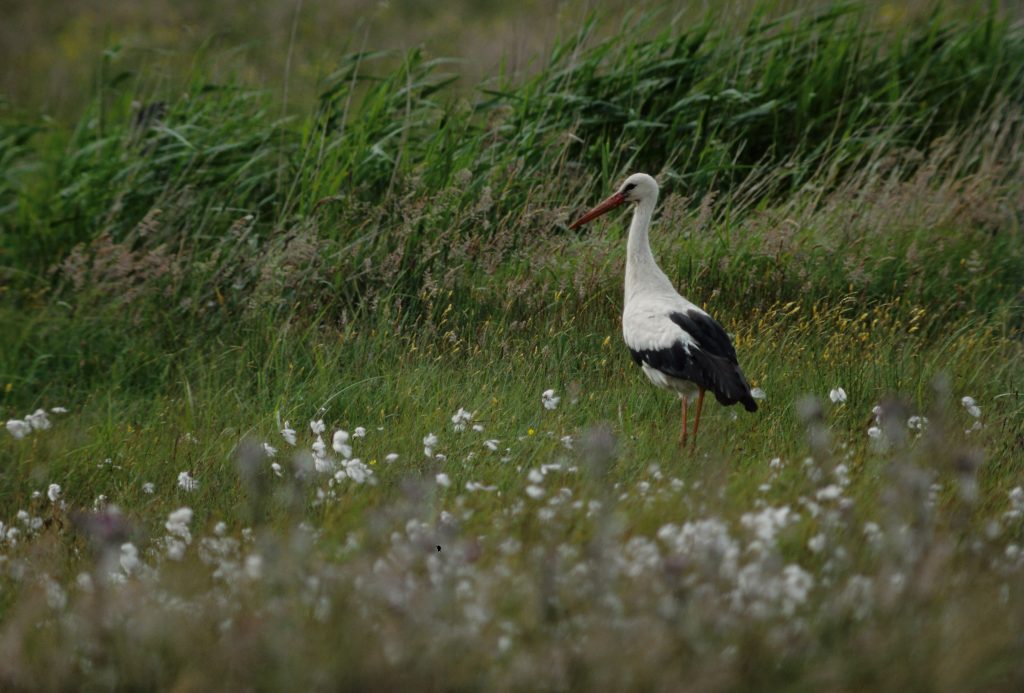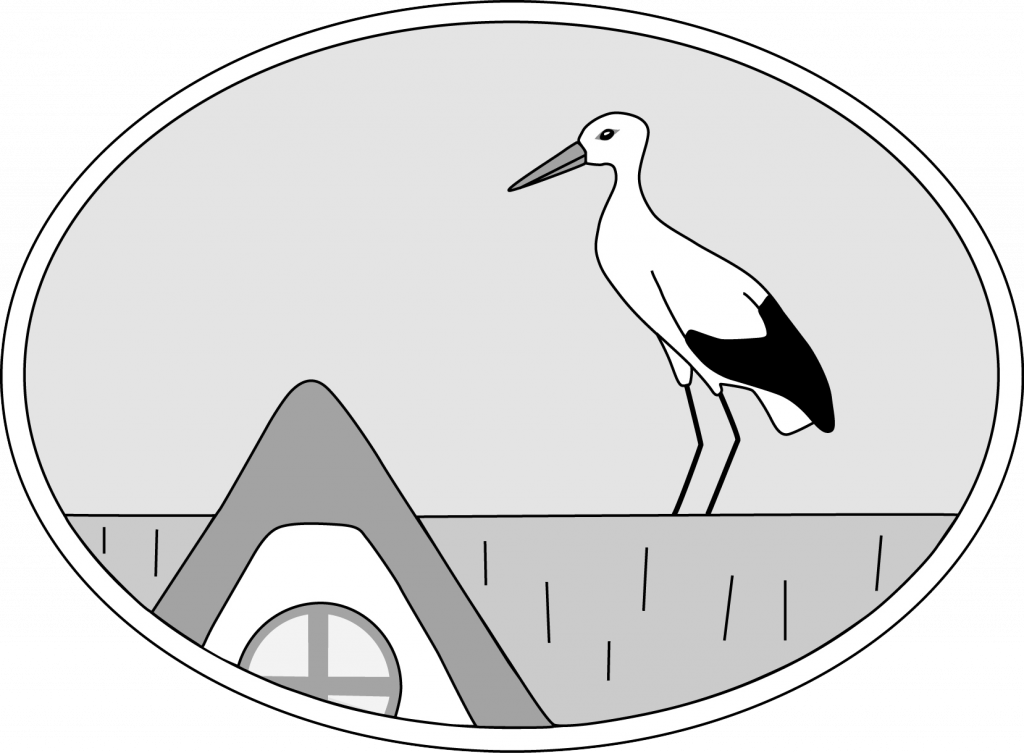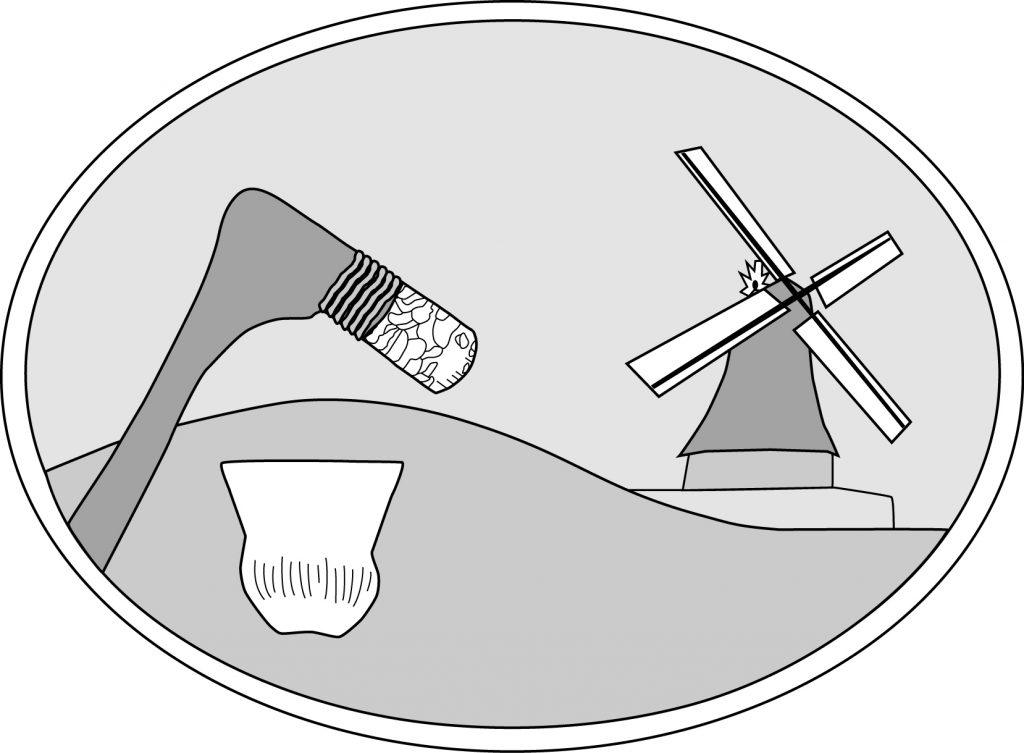
As part of the ecosystem, the white stork has an indicator function, meaning that it is a symbol of the state of wetland habitats – where the stork disappears, so do many other species. The soils of peatlands and wet grasslands are valuable and effective carbon stores. Therefore, preserving and restoring suitable white stork habitat is both species and climate protection.
Here in the Eider-Treene-Sorge lowlands, boggy soils predominate. For centuries, the soils were intensively drained for agricultural use. However, dry moor soils emit so-called climate gases and thus contribute significantly to climate change.
In order to create refuges for storks, both government and private conservation agencies are buying up suitable areas of extensively managed wet grassland. However, to really make a difference, large, contiguous areas must be purchased and managed. This requires a lot of manpower and is expensive, but it is also the only way to implement effective hydraulic engineering measures, i.e. irrigation instead of drainage. Local agriculture is also adapting to this new concept, which brings water into the area instead of taking it out. Future key issues for the region are the welfare of white storks, the continued existence of (adapted) agriculture and climate protection.



